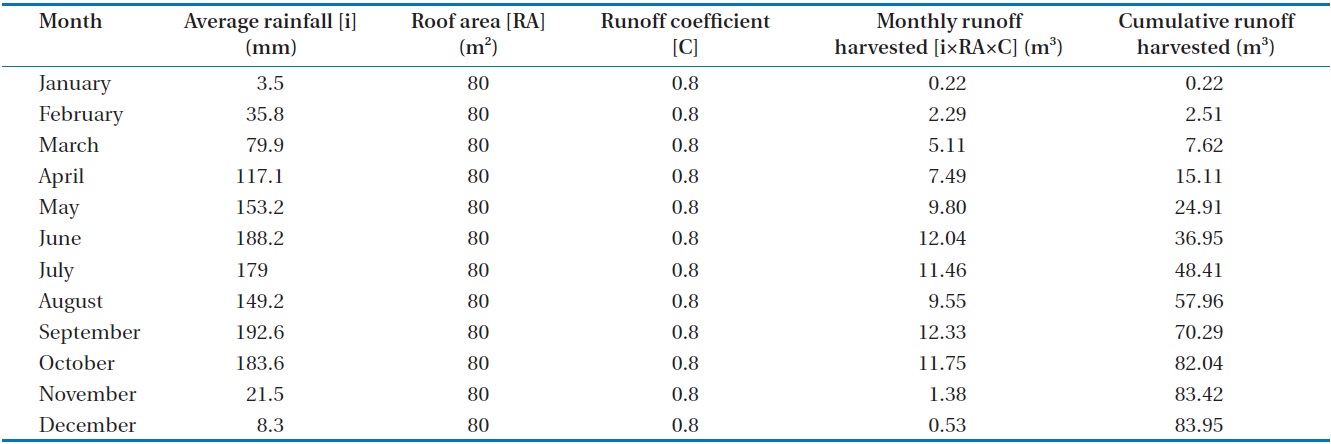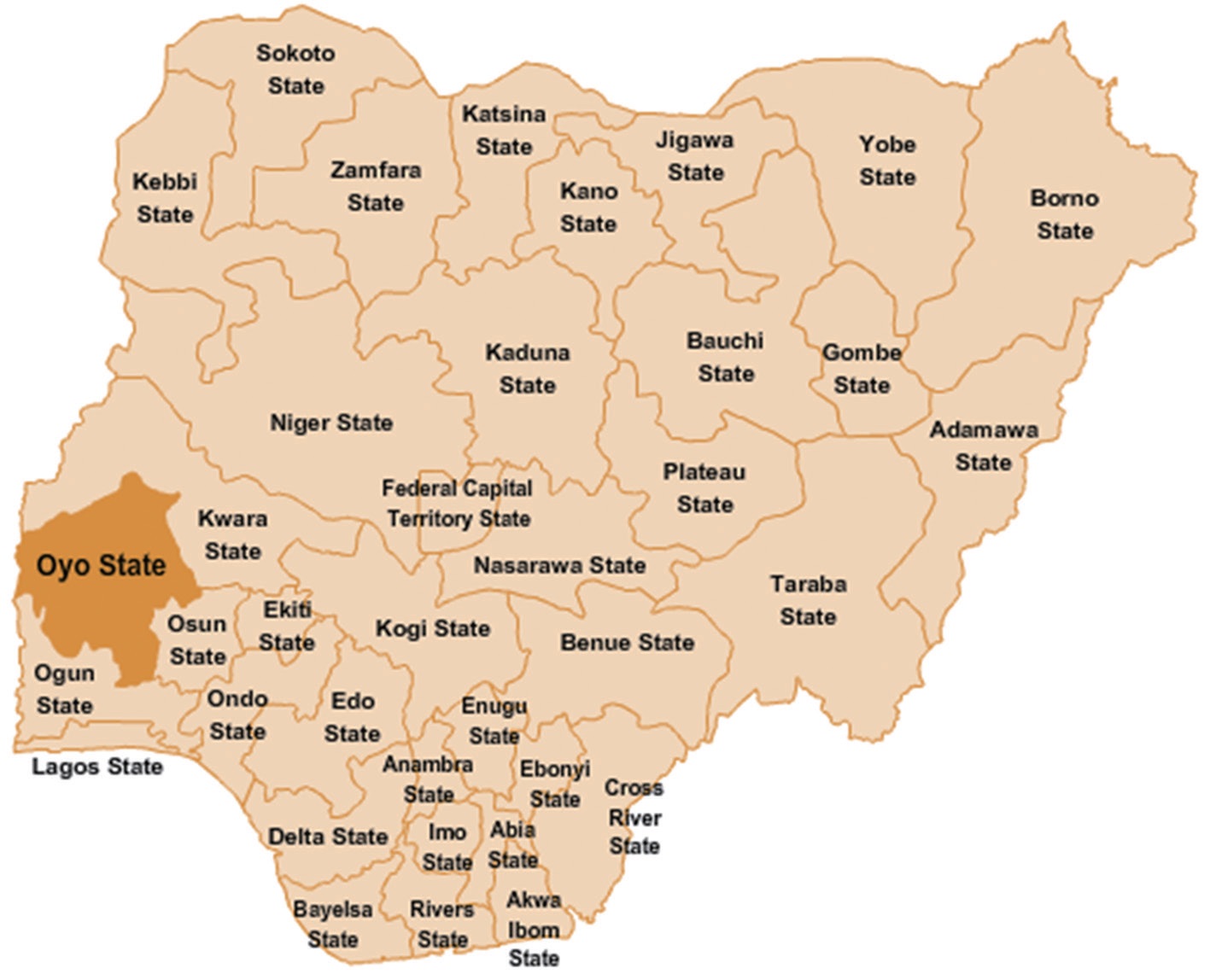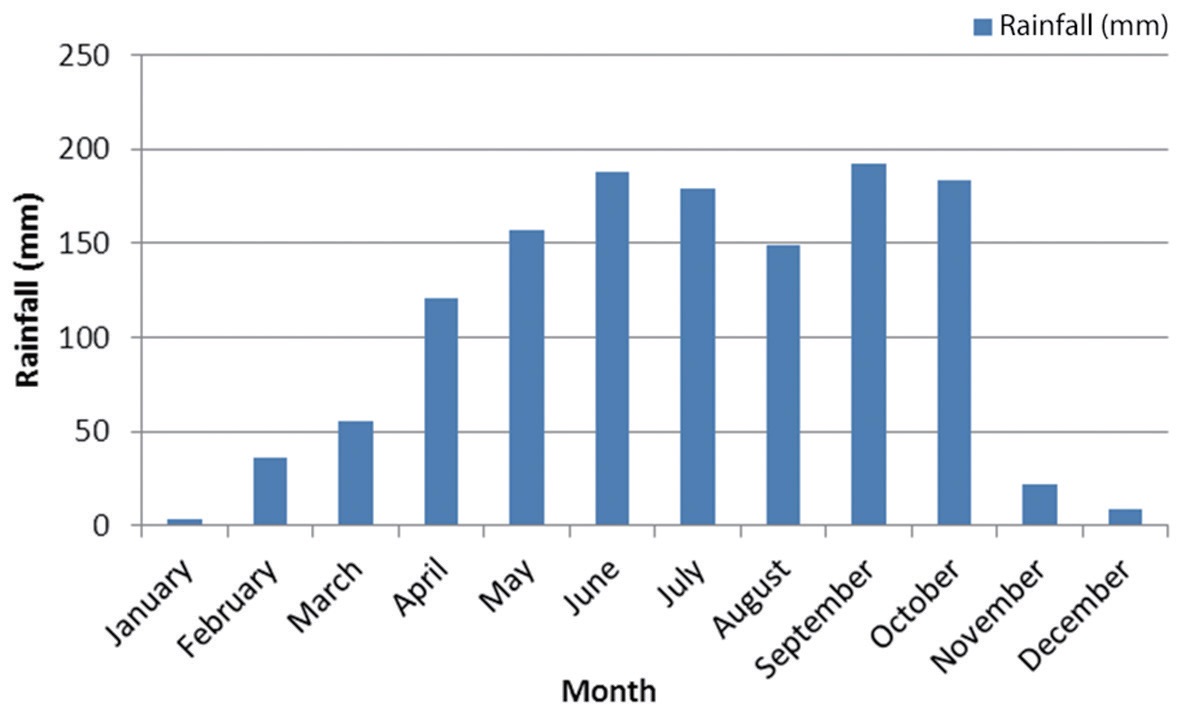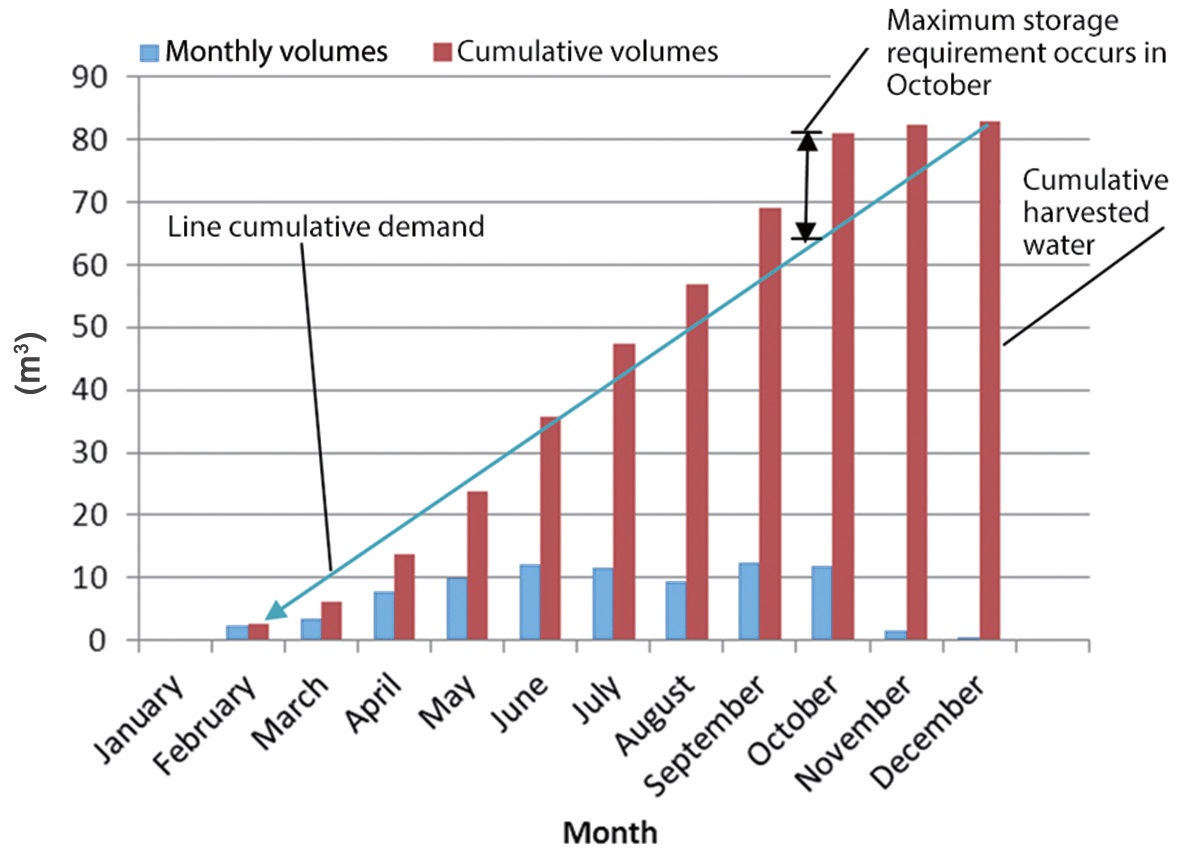



Rainwater is a major source of fresh water and the activity of collecting rainwater directly for beneficial use or recharging it into the ground to improve groundwater storage in the aquifer is known as rainwater harvesting (RWH). Dependence on groundwater to meet the growing demands has increased tremendously [1]. When there is a gross misbalance between the natural recharge and extraction of water over a period of time, the decline of the water table becomes significant with reduction of yield [2]. The only option available for the present day society is to improve the recharge over and above the natural processes. RWH and recharge is one such promising option that has artificial recharge methods. It is estimated that with careful artificial recharge schemes and waste water recycling, ca. 25% of India’s water requirements in 2050 can be met [2].
RWH is an alternative source to public water mains and is growing importance due to increased potential catchment surfaces and failure of the conventional methods to meet the challenges of providing “clean water for all”. Polluted groundwater has made the population look for a much easier option with good quality water. RWH projects generally are practiced at the local level and on a small scale, which do not include water treatment and conveyance over long distances [3].
Urban water supply in Ibadan city in southwestern Nigeria is based on groundwater and surface water [4] due to water availability in sufficient quantity in shallow aquifers. In Ibadan, a remarkable success has been achieved by providing 41.4% of the urban population with tube well water [5]. At present, however, the success achieved in hand tube well based urban water supply is on the verge of collapse due to the high pollution level of groundwater caused by poor waste management in the city and the low yield of the wells during the dry season [6]. These result in lack of access to a sufficient water supply to meet the societal need and users need to walk about 2 miles to obtain water from rivers. Water borne diseases are on the rise in the city [5]. However, the protection of health and well-being of the urban population living in high pollution areas is also of paramount importance as waterborne diseases are one of the leading causes of death worldwide especially in children under the age of five. In addition, at any given time patients suffering from water borne diseases occupy half of the world’s hospital beds [7]. Hence, provision of pollution free water is needed, especially in Ibadan, to mitigate the unwanted consequences of water shortage.
Ibadan city receives heavy rainfall during the rainy season. RWH is not a common practice in the city as 9.4% of the population depends on pipe-borne water, 20.5% on boreholes, 41.4% on wells, 22.9% on streams, and 5.8% on springs [5]. The ponds replenished by rainwater each year are major sources of water supply in the rural areas. However, considering that poor waste management and unhygienic practices are increasingly polluting the ponds, streams and groundwater, an alternative source of potable water supply is needed to maintain the service coverage. In the present context, therefore, RWH is being seriously considered as an alternative option for water supply in the city.
The main objective of this paper is to review the potential of RWH in the residential sector of Ibadan city so as to complement the existing supply and lay a proper framework for future development of this resource in the area.
A desk study was conducted in order to review existing literature on the advances and experiences in RWH and to appraise the various RWH technologies available locally, regionally and globally. This was done to ascertain existing designs and technologies that are appropriate and can be adopted for Ibadan city, and Nigeria as a whole. Hydrological analysis was also carried out to describe the relationship between seasonal patterns and availability and to establish a relationship between climate and rainfall variability, hence reliability of rainwater as an alternative water supply.
In order to accomplish the objective specified above it was necessary to obtain data on rainfall, household size, roofing materials, roofing size, and storage tank capacity based on the mass curve analysis method. Fig. 1 shows a map of Nigeria indicating the location of Ibadan city, the capital of Oyo state.
Ibadan was chosen because it is a residential area and the groundwater pollution rate is also high. The cost of developing surface water is very prohibitive due to poor management of wastes which are usually dumped into streams and other surface water. Yet, being located in the rainfall rich area of the country with up to 1,350 mm of annual precipitation, rainfall resources can be gainfully exploited.
Daily rainfall data was obtained [8] and the data was processed in order to obtain the average monthly rainfall for the city. Fig. 2 shows the average monthly rainfall distribution of Ibadan city based on rainfall data from 1980?2009. The figure shows that heavy rainfall is concentrated from April to October. The precipitation received from November to March is not sufficient to meet the demand during this period. Hence, rainwater has to be stored during rainy seasons for the rest of the year.
Household size parameter in designing a RWH system using the mass curve analysis method [9]. It is related to the total water demand, storage volume and catchment area. The average size of a household is 4.3 persons and 46% of the population has a household size between 3.8 and 4.4 [10]. The average household size is taken as 5 for the calculation of design storage capacity.
The roofing materials used in Ibadan include brick, grass, wood bamboo, iron sheets, cement concrete, and roofing tiles. 91.2% of the houses have iron sheets as roofing materials while 0.8% has roofing tiles [10]. These roofing materials are suitable for rainwater catchment to be used for non-potable purposes. However, for the catchment to be suitable for potable purposes it must be coated with aluminium paint and the harvested water subjected to some treatment.
From all dwellings located in the city of Ibadan, 90.6% on average are houses and 8.9% are flats [5], where the specific roof area (RA) per person is low. Therefore, as there are no official data on RA, an area of 85.00 m2 was assumed for houses and 3.75 m2 per person for flats (this gives approximately 15.00 m2 of RA per flat) [11]. A weighted average RA per dwelling was then determined by using Eq. (1).
where RA is the weighted average RA per dwelling in each city (m2), H is the percentage of houses in the city (non-dimensional), F is the percentage of flats in the city (non-dimensional).
By applying Eq. (1), the average RA obtained for the city was 78.35 m2 which is about 80 m2.
Runoff = CiA
where:
C is the coefficient of runoff
i is the rainfall intensity
A is the roof area
The runoff coefficient of various rooftops is shown in Table 1. A runoff coefficient of 0.8 was used for this study since the rooftops in Ibadan city are mostly pitched.
Using daily rainfall data for 30 years [8], the average monthly rainfall was determined and multiplied by an assumed RA of 80 m2 and a runoff coefficient of 0.8 in order to obtain monthly volumes of runoff in liters. From the monthly volumes, the cumulative monthly volumes were obtained and both were plotted. On the same graph a constant demand line was drawn assuming constant withdrawal for a whole year. The maximum difference between the demand line and the cumulative rainfall gave the storage capacity of a tank to store all the rainwater derived.
In terms of volumes of runoff an 80 m2 roof can collect 82,835 L/yr. This means 227 L/day assuming a constant withdrawal,
[Table 1.] Typical runoff coefficient for various roofs

Typical runoff coefficient for various roofs
[Table 2.] The cumulative harvested water

The cumulative harvested water
throughout the year. For a family of five people, this means 45 L/person/day, which is quite a substantial amount of water in the urban areas, provided there is sufficient storage. Table 2 presents the cumulative harvested water. Ibadan is indeed a very well watered city with substantial amounts of rainfall available each year. It was also observed that the greater the annual rainfall the larger the tank size that is required. Fig. 3 shows that the maximum storage is required in October with an additional storage capacity of 17 m3 (17,000 L).
RWH is found to be technically feasible based on the prevailing rainfall pattern. Over 90% of households have a rooftop constructed from technically appropriate materials. Results of the research performed in Ibadan city indicate that an average roof of 80 m2 will collect 82,835 L/yr (45 L/person/day) for a family of five people, which is near the water demand for drinking and cooking purposes. Hence, the capacity of a storage tank and the catchment area required for an all-purpose water supply system based on RWH is quite large. These can be reduced to affordable sizes, by collecting and storing water for cooking and drinking only while non-potable uses are supplemented by water from other sources. However, it must be highlighted that due to the type of roofing materials, rainwater should go through proper treatment in order to be used for potable purposes. This study thus reveals that Ibadan city has a good RWH potential. This is part of an ongoing study and further work will be carried out on the water quality assessment of harvested water from a corrugated iron sheet roof. In addition, effective cost analysis of treatment processes and storage tanks will also be investigated.




